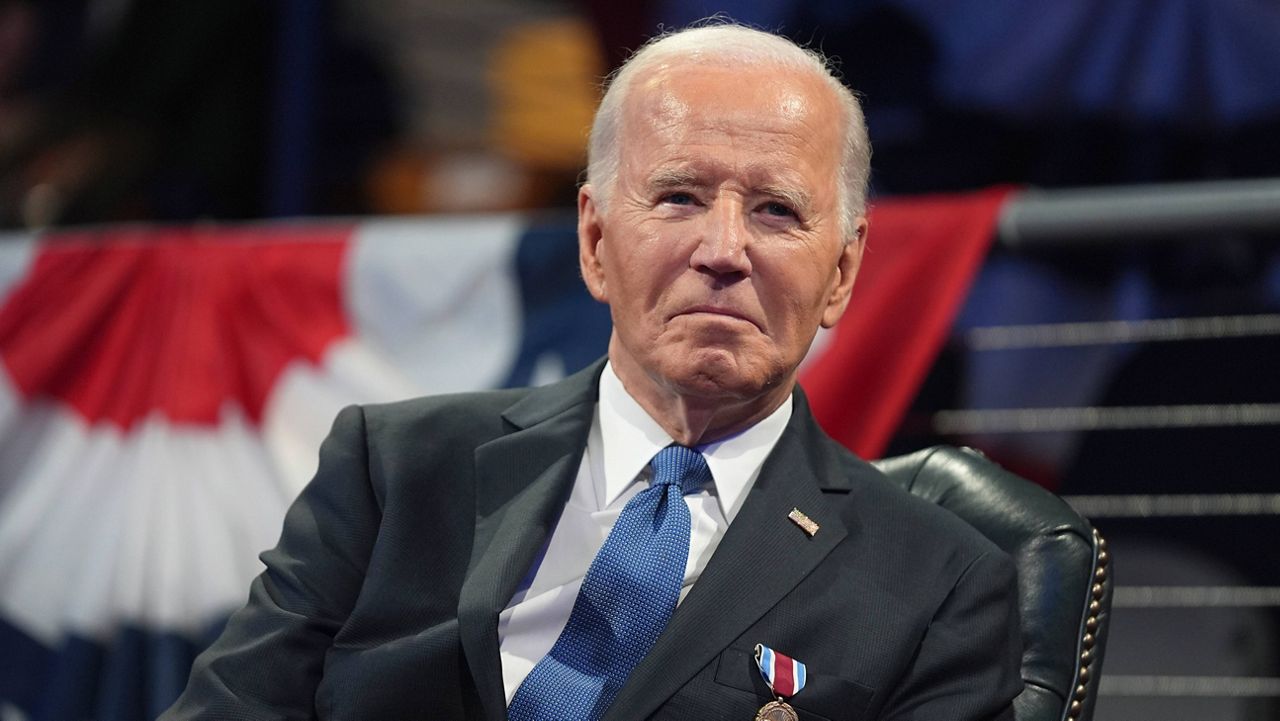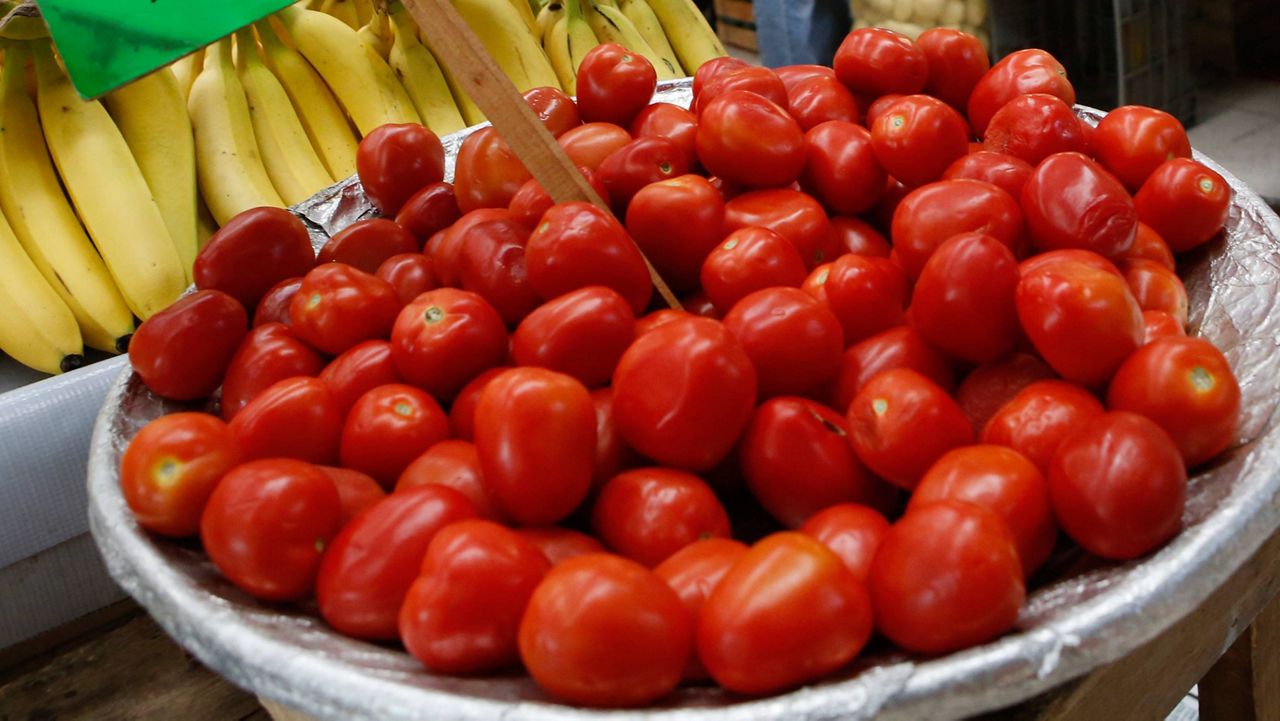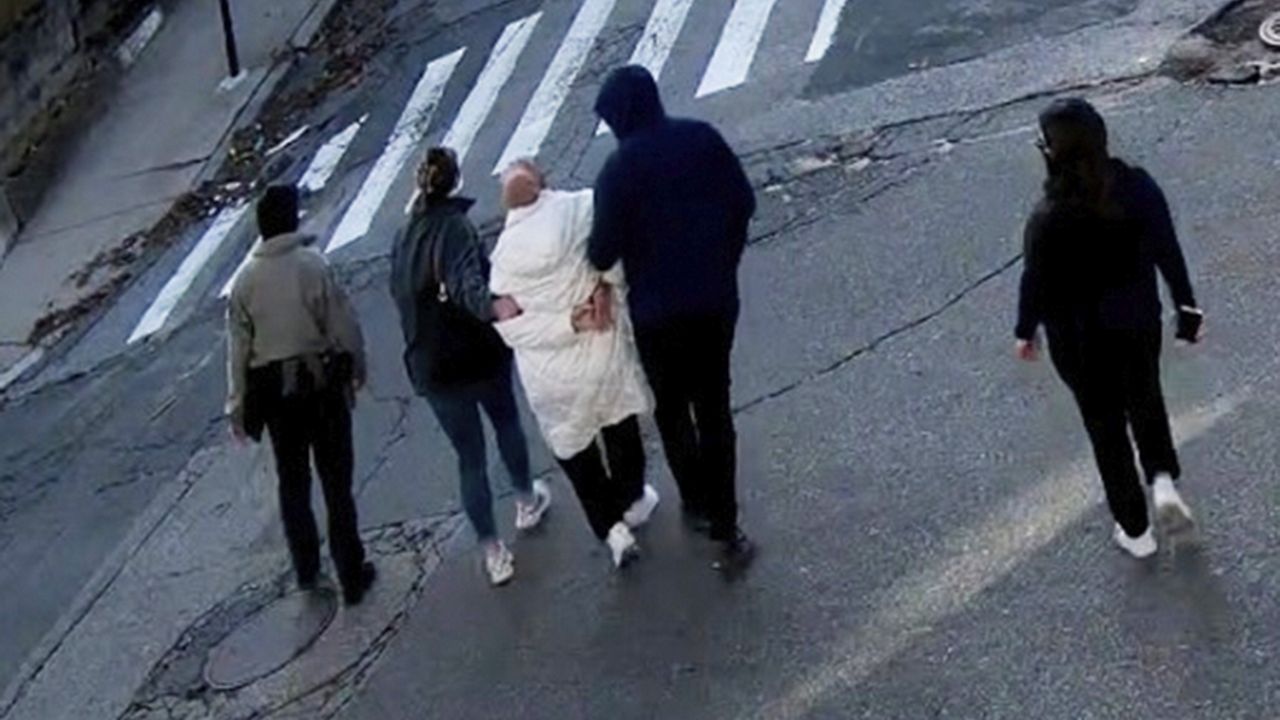SACRAMENTO, Calif. — For Cordi Craig, fire is something she has a deep respect for.
“I more see it as an incredible tool that can really help us,” she said.
Craig is the prescribed fire program manager with Placer County and is constantly working to protect the county utilizing fire to reduce fuels, such as using pile burns — which are piles of forest floor coverings, including sticks, branches and dried vegetation — to then carry out a large, prescribed burn.
“Cutting down a lot of the ladder fuels piling up and burning them the way that we are right now, we’re setting ourselves up for a cooler, less intense, low complexity prescribed burn,” Craig said.
California, Craig noted, has a fire dependent ecosystem, and we’ve gained a misunderstanding that fire is a bad thing for the landscape due to the loss of indigenous cultural burning and well-intentioned — but misguided — wildfire suppression strategy. Utilizing fire is critical for everyone, she added.
“It has a myriad of benefits, making our forests healthier, promoting native plants and grasses, promote forage for livestock, promote forage for wildlife,” Craig said.
Craig isn’t alone in wanting people to rethink a different future between fire and the state. Brett Milligan is the co-curator along with Emily Schlickman of the new Pyro Exhibit at UC Davis. A professor of landscape architecture, he says the new exhibit explores three possible futures for the state and fire.
“One, which is to resist it — which is sort of what a lot of our legacy in California and in much of the U.S. of like trying to stop fires in landscapes where they naturally occur,” Milligan said. “Two, is a more co-creative approach of really working with fire. And then a third approach, which is sort of more the retreat or to let it go.”
Another part of the exhibit is introducing a possible companion to Smokey the Bear.
“That’s Burnie, Burnie the Bobcat,” Milligan said. “This perception of fire is bad. We need some characters and some mascots that might actually show that there are these really beneficial aspects to fire.”
Milligran explained how viewers are encouraged to share their thoughts on the exhibit and any they may have on their views of fire in the ecosystem.
Both Milligan and Craig said the more we talk about our fiery relationship, the better.
“Education programs throughout the state are really starting to push people in the right direction,” Craig said.
It’s a direction Craig hopes will see a drop in wildfire intensity and a more harmonious environment.











